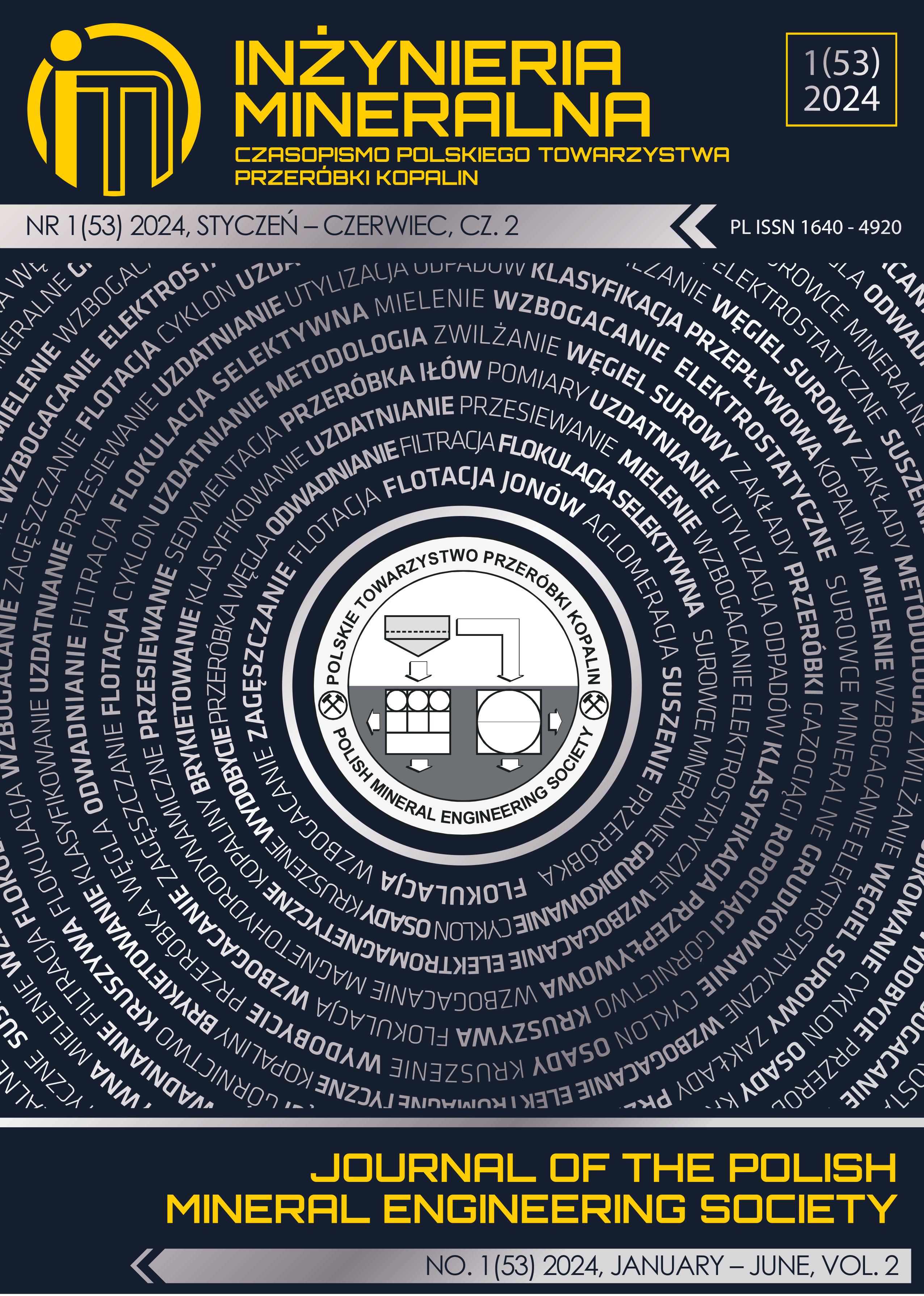Autocompression as a Method of Accumulating Waste Energy during the Emergence of an Autonomous Transport Module using a Change in Buoyancy"
Keywords:
marine mining, transport from great depths, autonomous transport module
Abstract
Despite the Covid-19 pandemic lasting for few years, the interest in the exploitation of deposits lying at the bottom of seas and oceansat great depths has not been waning. Many new concepts for the exploitation of sea deposits have been developed. Many consortia were
established, interested in mining activities in seas and oceans. And although the most advanced venture of Nautilus-Minerals has not
been successful so far, it has made a huge leap forward in terms of research and technology. The exploitation on an industrial scale is
most likely to start in the coming years, especially in the waters of the EEZ (Exclusive Economic Zone). Recently, for example, the Cook
Islands authorities have granted three licenses for this type of activity. In international waters though, we must, unfortunately, still wait
for legal solutions satisfying all interested parties. The exploitation of shelf deposits is successfully being carried out with various methods
in many regions around the world (Karlic, 1984; Depowski et al., 1998; Abramowski, Kotliński, 2011; Niedoba 2015, SPC 2013; Sharma,
2017); however, reaching for deposits of massive polymetallic sulphides or polymetallic nodules lying at great depths places considerable
demands on scientists and engineers. Among the heaviest ones is the development of a method of transporting spoil from the bottom to
the sea surface. For several years, the authors have been conducting theoretical and experimental research on new concepts of transport
from the seabed, the results of which were presented in numerous publications (Filipek W., Broda K .: 2016, 2017, 2018, 2019, Broda,
Filipek, Tora 2023).
While considering various concepts of transport from the seabed using an autonomous module, we paid attention to energy losses during
the exchange of the working medium between the autonomous transport module and the surroundings (sea water). In the articles (Filipek
W., Broda K. 2018, 2019) we focused on the positive aspect of this exchange, but nevertheless these are energy losses. In this publication,
the authors analyze what part of this energy can be used (in autocompression) and what impact it has on the energy balance of the
transport module.
Published
2024-07-25
How to Cite
FILIPEK, W., & BRODA, K. (2024). Autocompression as a Method of Accumulating Waste Energy during the Emergence of an Autonomous Transport Module using a Change in Buoyancy". Test, 2(1), 181–188. https://doi.org/10.29227/IM-2024-01-107
Section
ARTICLES
Copyright (c) 2024 Wiktor FILIPEK,Krzysztof BRODA

This work is licensed under a Creative Commons Attribution-ShareAlike 4.0 International License.
This journal permits and encourages authors to post items submitted to the journal on personal websites or institutional repositories both prior to and after publication, while providing bibliographic details that credit, if applicable, its publication in this journal.







.png)
